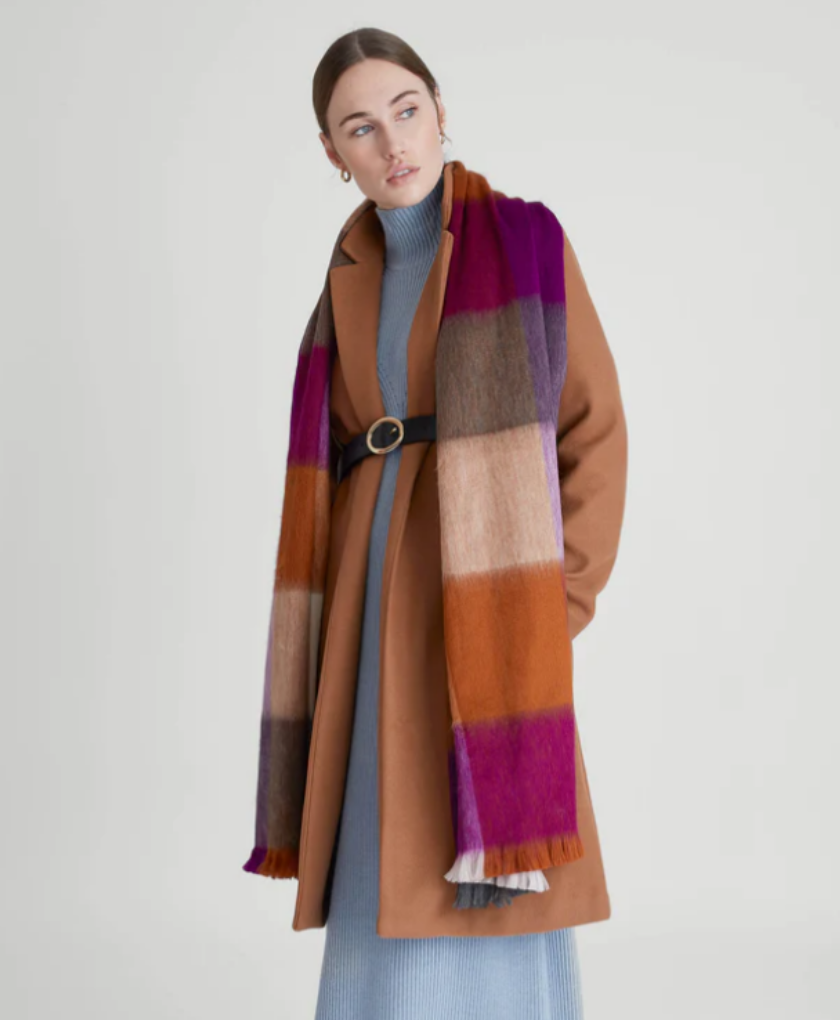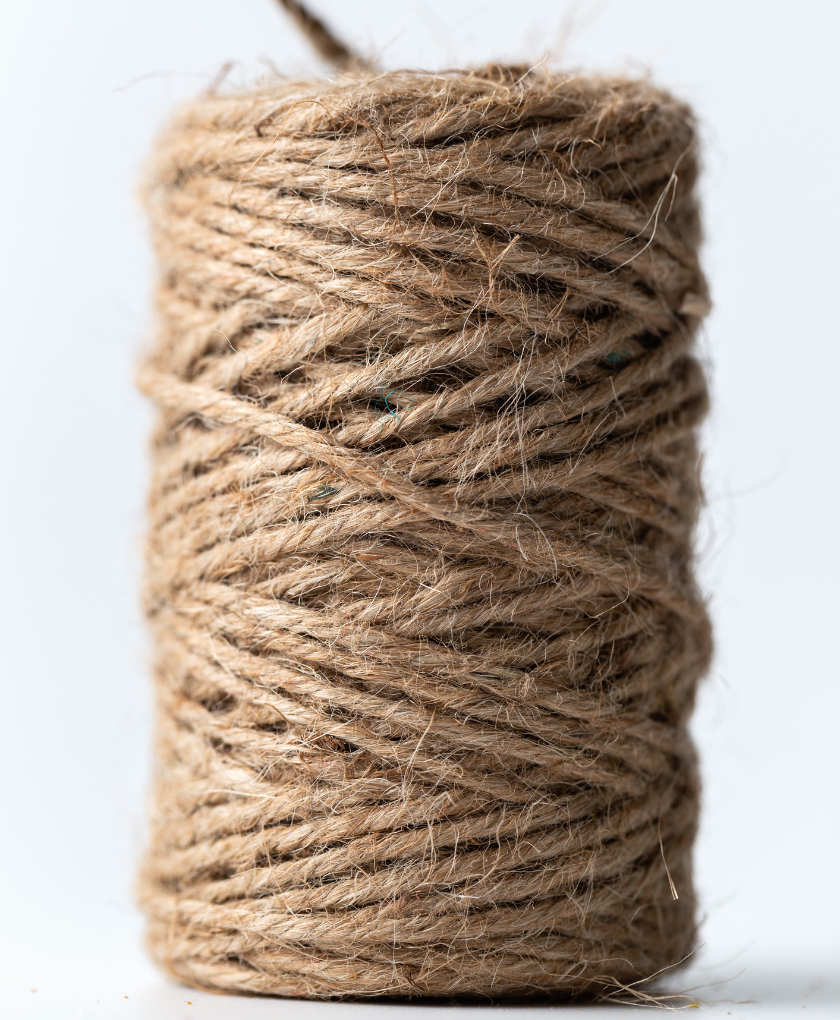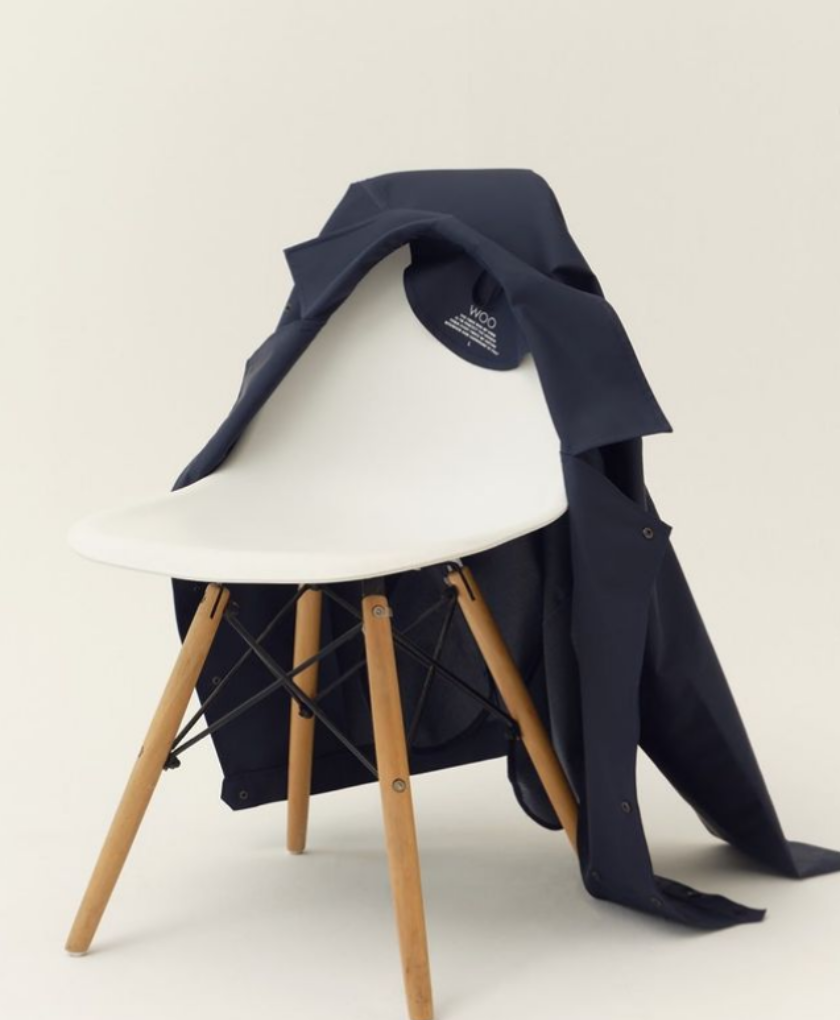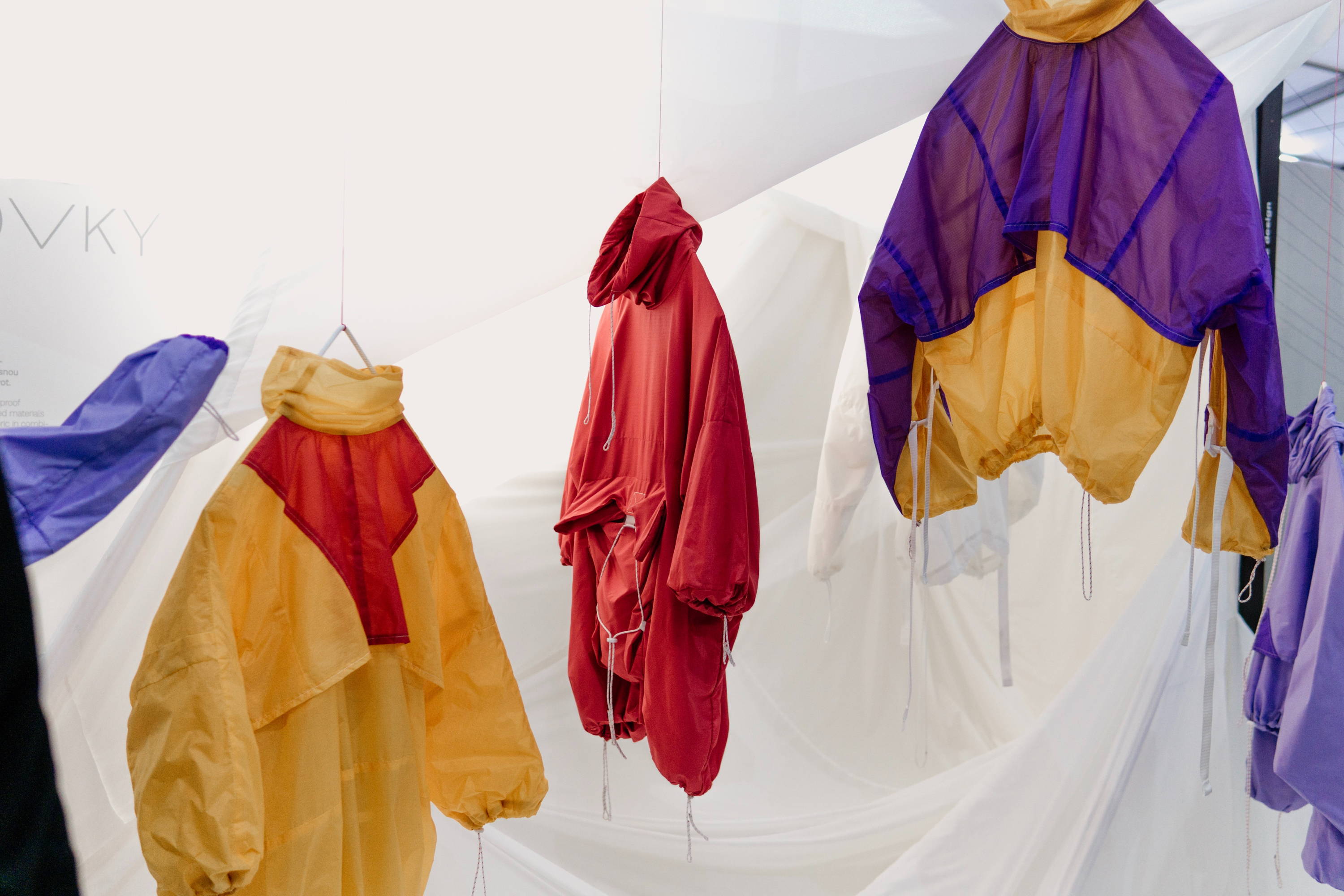
#EDITORIAL
Second hand doesn't fit you?
We'll make you think again!
5 august ‘22
4 minutes
Sometimes we find something in a second hand shop that doesn't fit quite right but it still calls to us “buy me”. Well, with this guide, you can become your own seamstress and tailor that piece perfect for you!
Words by Varnika Srivastava
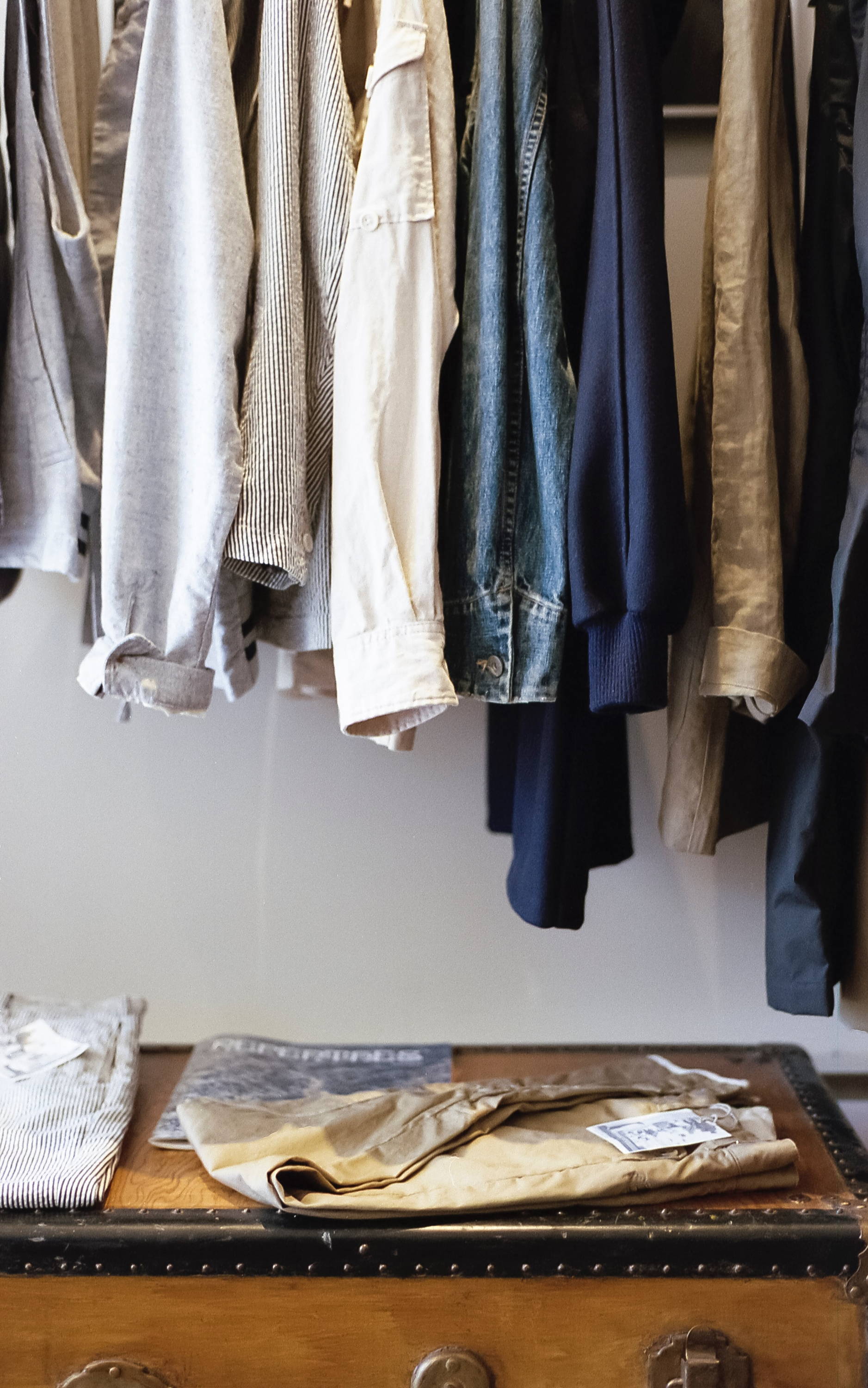
Image source: crew EMWgB
In the quest to be sustainable and go to second-hand shops, finding clothing that fits is not always easy. Actually, it is more difficult to find something that fits than it is to find something that doesn’t. That is why many shoppers become frustrated with second-hand shopping since it can take many trips to the second-hand store to get something that fits kind of okay.
This is why we think that the perfect solution to this is to become your own seamstress! Not only is learning and becoming a seamstress a great fun activity, but it will also save you money since you will resort to buying more clothes from second-hand shops.
Let us start at the very basics of how you can become a great seamstress.
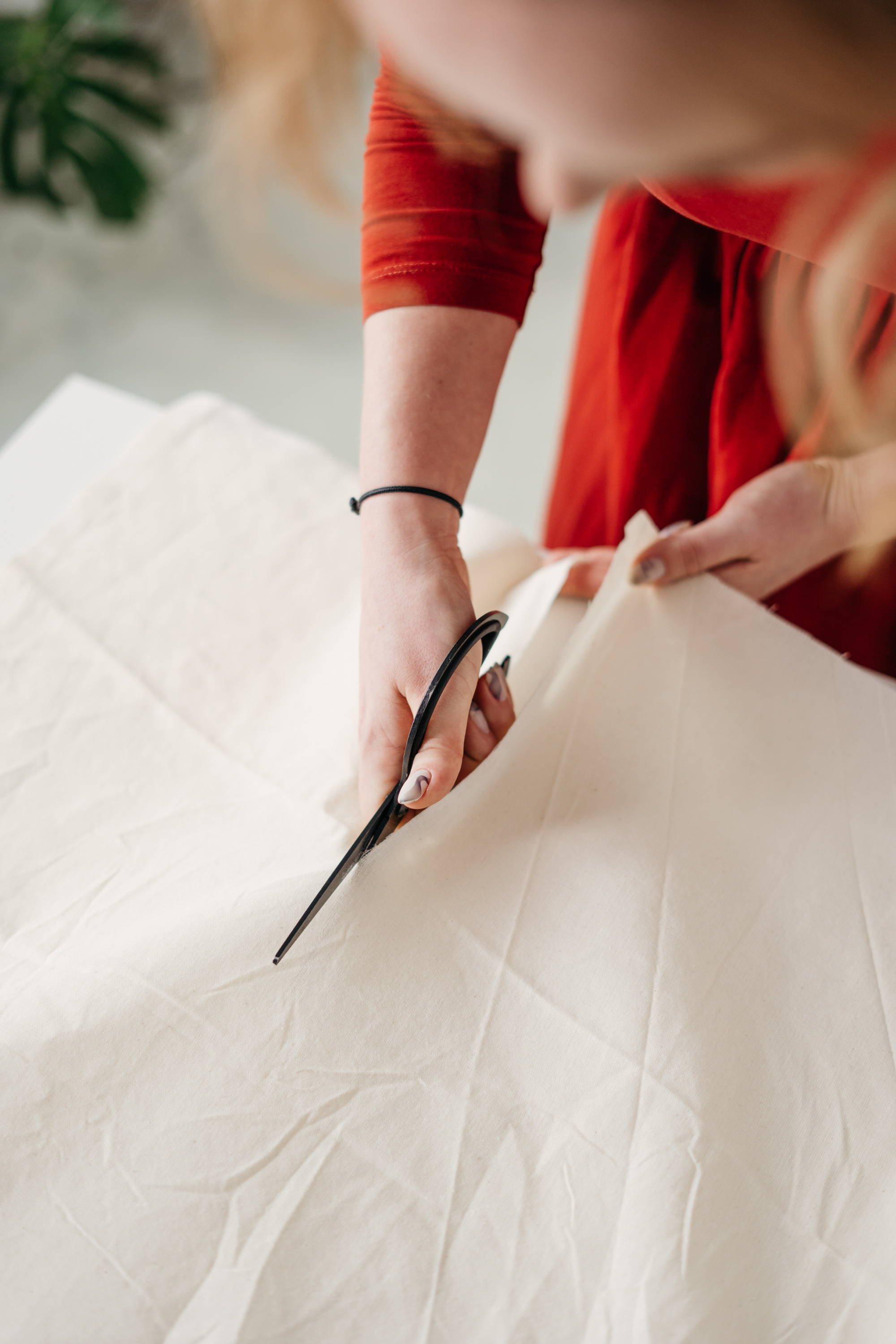
Image source: Cottonbro
Get the right tools
If you wish to become a pro seamstress, you can get started with very few tools. If you need to patch garments quickly, basic sewing kits are available in craft stores and even supermarkets. If you want to do more than repair a sock, though, you need to put up your own personal sewing stash. Here are a few things that you might need: needles, thread, pins, in cushion, sewing scissors, measuring tape, seam ripper, and a sewing machine.
Learn the basic techniques
Learn some basic techniques, and we can guarantee that they will go a long way to make you a great seamstress. For example, if you find a clothing item that is simply too big, learning the basics can make it fit, and your seamstress skills can come in handy. You may simply nip a piece in with darts or take in the sides and back if it is a little bit baggy in certain spots. Take in the outer or inner seam to give your pants a more tapered and defined shape. A baggy bottom is another option. Repositioning zips will reduce extra weight and provide a crisper bodice profile. On skirts, dresses, jackets, and coats, take the side seams in. A full-length sleeve can be cut in half, changed into a cap sleeve, or eliminated entirely.

Image source: Charles Deluvio
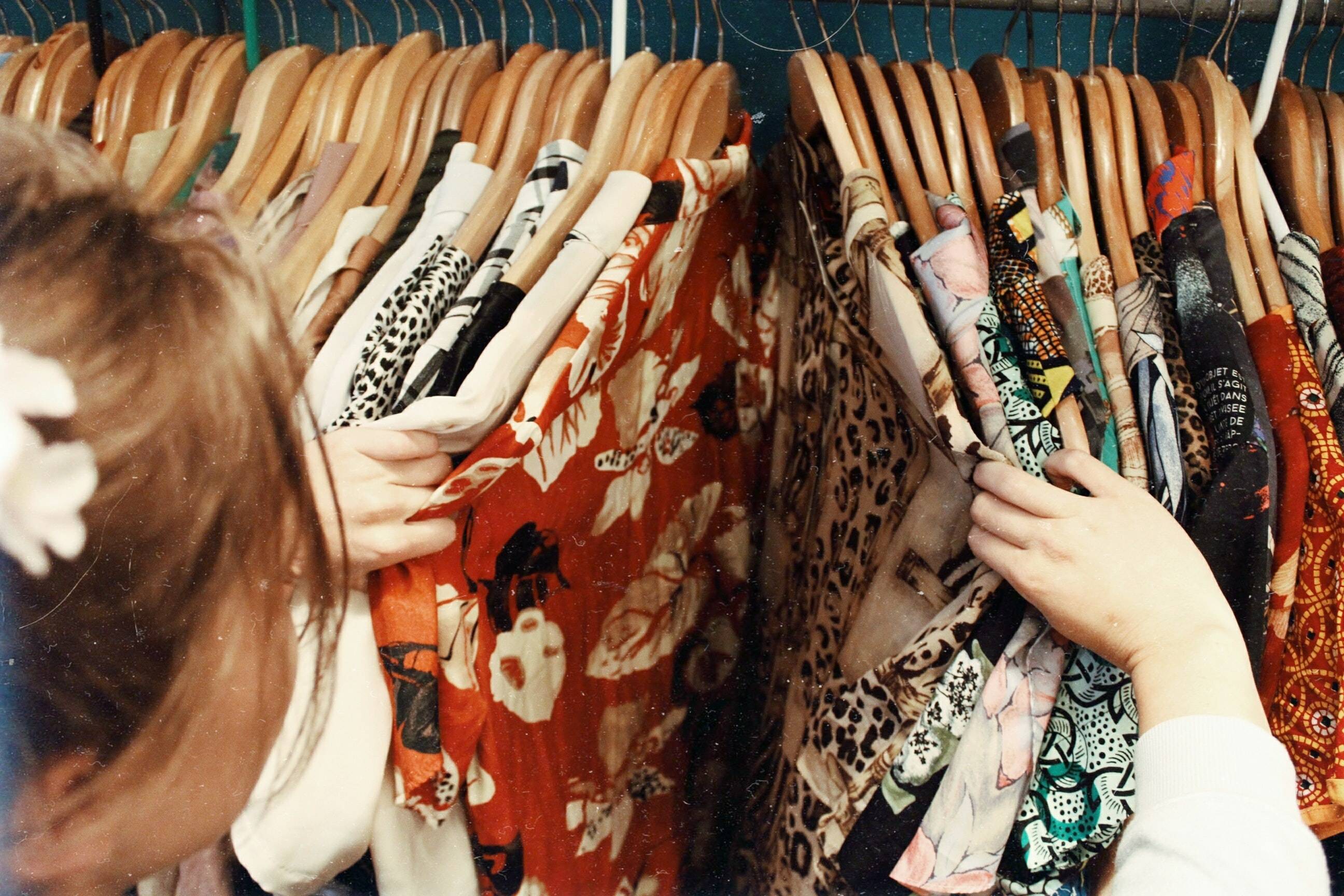
Image source: Becca Mchaffie
It’s a process
Anyone trying to learn anything new has to be patient. You might not nail the first alteration that you do on a dress as a new seamstress, but we can assure you that with practice and a little bit of patience, you can become a pro in no time. This is a process that will get better and better with each alteration.
With the tips that we just gave, we at Staiy can guarantee that you will be more compelled to shop second-hand, because your seamstress skills will ensure that you always find something that will fit you, even if the label says that it wouldn’t.





